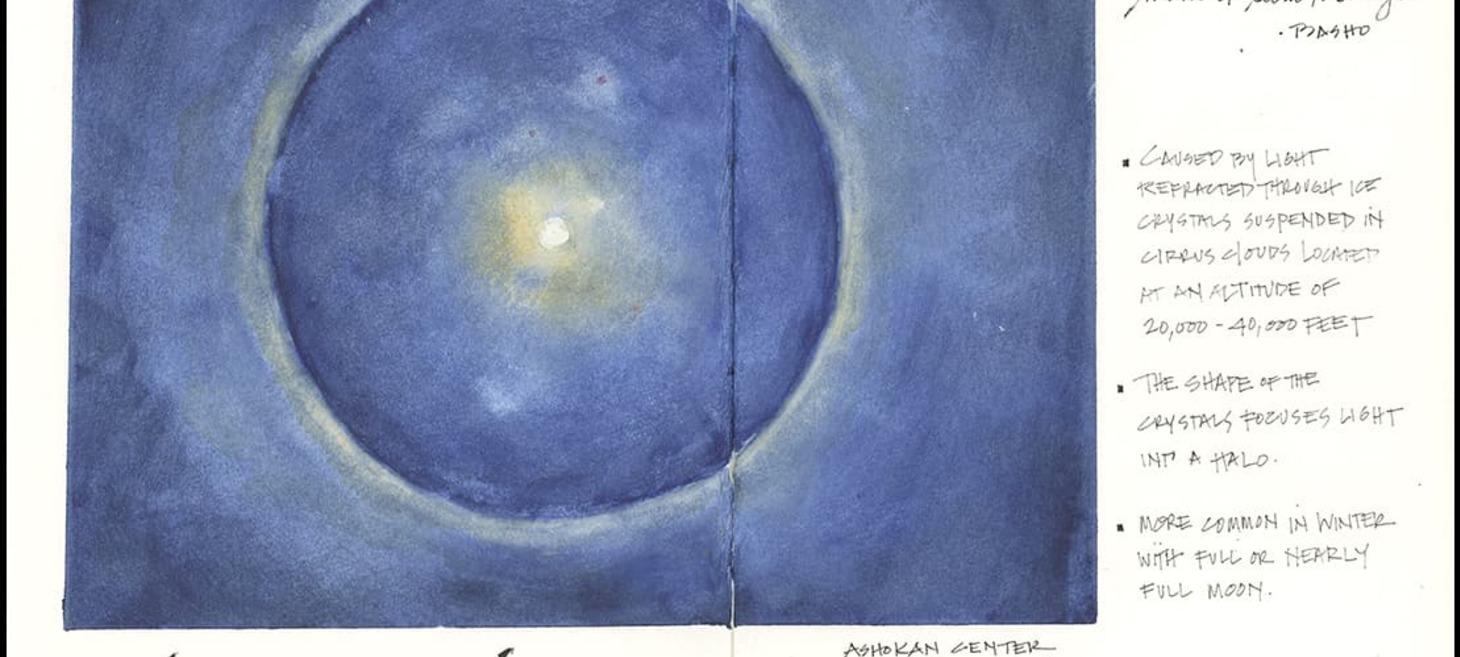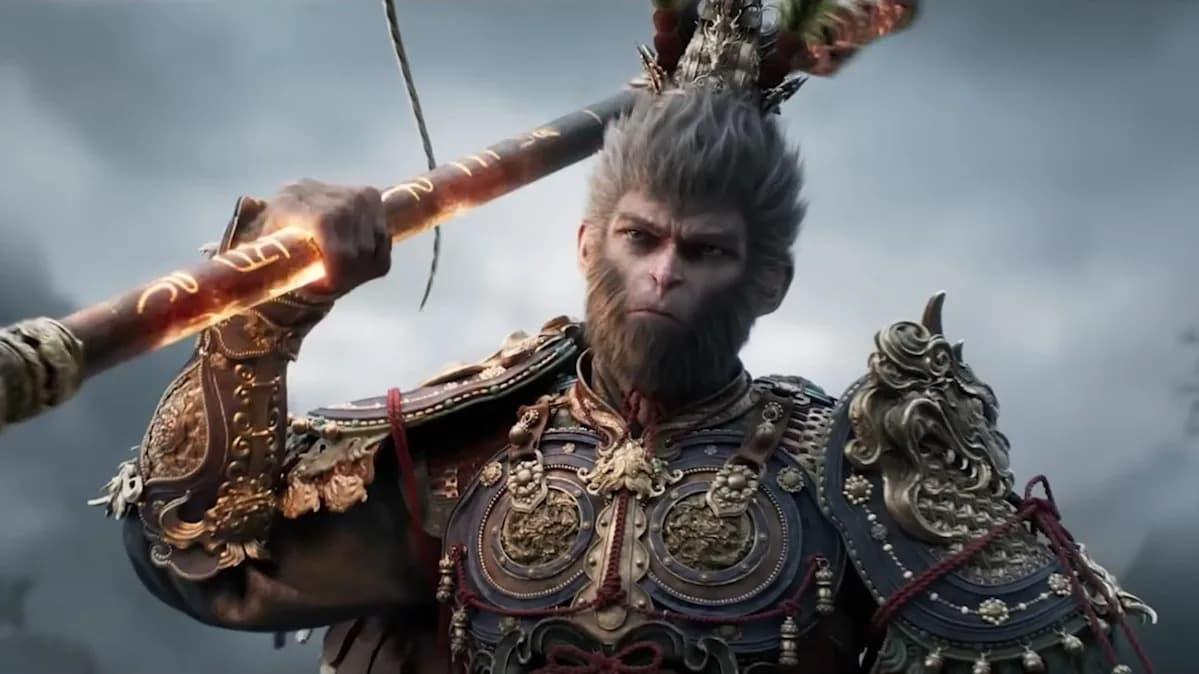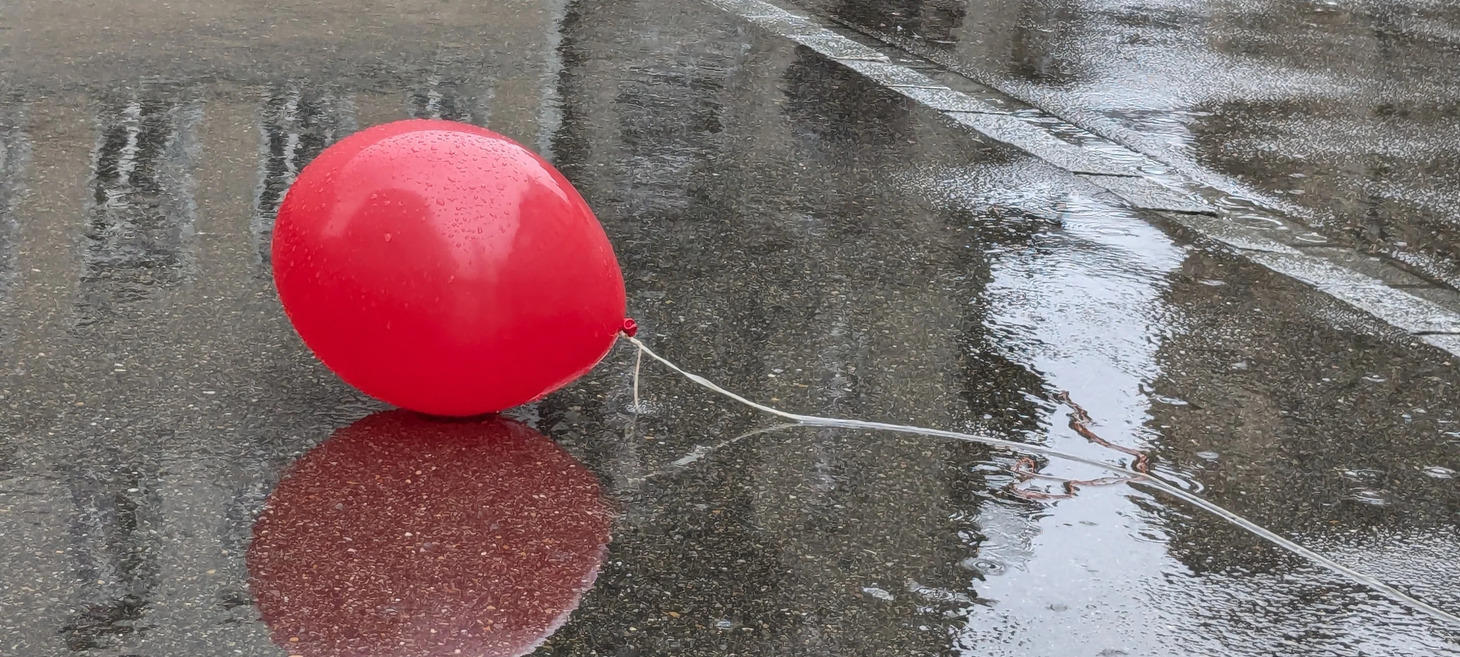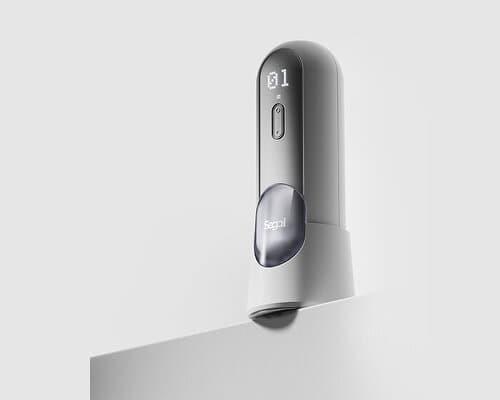 Greetings from Juergen
Greetings from Juergen
Hi all,
This week landed heavy on music stories, and I'm not apologizing for it. A Deezer survey revealed that 97 percent of listeners can't distinguish AI-generated songs from human-created music—which has me wondering whether our ears have simply adapted to decades of synthesizers and sampling, or if certain genres make us more vulnerable to synthetic replication. Then there's Rob Arcand's sharp essay on how streaming platforms promised to disrupt the old record label monopolies but ended up recreating the same consolidated power structure, just with different names at the top. Sometimes history doesn't repeat—it just changes costumes.
Beyond the music industry, I found myself drawn to Jean Mackay's lunar halo watercolor—a reminder that some experiences resist capture by even the best camera technology, requiring the human hand to hold what the lens cannot. There's also a look at how Chinese grass-roots culture is quietly winning global audiences through web novels and video games, not through state-sponsored soft power campaigns but through genuine creativity. And because it's Thanksgiving week, I couldn't resist including the history of the Macy's parade, complete with the discovery that actual zoo animals once walked the entire six-mile route before helium balloons took over in 1927.
Art Narratives

Inspired by the Moon
Artist Jean Mackay noticed a lunar halo one winter night—that bright ring around the moon caused by ice crystals in high cirrus clouds. The 17th-century poet Matsuo Basho captured the phenomenon in just 15 words, while modern science explains it through refraction angles and atmospheric conditions. But when Mackay set out to document what she saw in her watercolor journal, she confronted something both poets and scientists skip over: some experiences resist capture, no matter how precisely you understand them.
What I love about this story is that some things cannot be photographed even with the best camera. Sometimes it takes a sketch-pad. Even with today's computational photography and HDR processing, a camera would flatten that halo into overexposed glare or crush it into darkness. The human hand, moving across paper, can hold what the lens cannot.
Mackay spent a week figuring out her approach, eventually working with just Indanthrone blue and yellow ochre in her Handbook Journal. She admits the result isn't as ethereal as she'd hoped, but it's there—a record of that night that exists because she drew it, not despite the drawing's imperfection, but because of the act itself.
What else are we trying to capture with cameras when we should be reaching for a pencil?
Public Art

How Thanksgiving Took Flight
The Macy's Thanksgiving Day Parade started as a celebration of retail expansion in the 1920s, complete with live elephants and bears from the Central Park Zoo trudging six miles through Manhattan streets. By 1927, as Ellie Hoffman details for Accidentally Wes Anderson, helium balloons replaced the animals—and those early inflatables soared to heights that would never pass today's safety standards.
Those who know me realize my own work often draws from the Accidentally Wes Anderson aesthetic. What makes this parade history funny to me is discovering that actual zoo animals once walked the entire route. I never knew that.
Looking at archival photos of Snoopy towering what seems like hundreds of feet over the crowds—that's something you don't see anymore with balloons kept so much closer to the ground. I'm not sure these qualify as proper artworks, but I'd file this under "public art," especially for this Thanksgiving week.
Can a $13 million commercial spectacle handled by 180 volunteers per balloon still count as participatory art?

Santa Ana Unveils Sister Cities' Mural in Partnership with Sahuayo, Mexico
Sometimes the most powerful technology is just paint on a wall. Santa Ana and Sahuayo, Mexico just unveiled a striking mural at Plaza Calle Cuatro that captures something modern video calls and digital communication never quite achieve—a tangible expression of cultural connection. Art Pedroza at New Santa Ana reports that four artists (two from each city) created "Sister Cities," depicting two young girls lying face to face, each surrounded by objects representing their respective homes.
What strikes me about these continued city-partnerships is how they evolve beyond diplomatic handshakes. I love that U.S. sister cities reach across borders into other countries, and that murals and public art can serve as lasting expressions of these connections regardless of distance.
Public art does something that agreements and ceremonies can't—it lives in the community, weathering alongside the people it represents, becoming part of the daily landscape rather than a file in a municipal archive.
Can art create bridges more lasting than the bureaucratic partnerships they celebrate?
Societal Impact of Art and Tech

Why Chinese Grass-Roots Culture May Be Finally Taking Its Place in the Global Limelight
A US Midwest military veteran who's never been to China spends her evenings lost in Chinese fantasy novels, learns the guqin via social media, and describes it all as a "natural progression." The South China Morning Post reports on how China's grass-roots cultural creations—from online literature to video games like Black Myth: Wukong—are quietly winning hearts globally, with over 200 million active readers now consuming Chinese web novels.
I thought back to years ago, watching Fareed Zakaria and Thomas Friedman discuss US "soft power"—the idea that we'd lead through cultural exports, foreign aid, and supporting democracies. We've since ceded that ground. What we're seeing now isn't state-sponsored propaganda but something more organic and arguably more effective.
Jessica Imbach at the University of Freiburg nails it: "The overseas success of certain novels and video games is in large part due to the growth of a sophisticated, globally competitive cultural industry: more investment, better technology and higher production values." This isn't about official diplomacy—it's about genuine creativity finding global audiences.
When grass-roots culture does the work that billion-dollar soft power campaigns can't, what does that tell us about authenticity versus manufactured influence?

Don't Blame Me: How the Art Market Battles Forgeries
When Taylor Swift's 77-year-old former neighbor pleads guilty to selling fake Picassos and Basquiats, the story sounds like tabloid fodder. But Shaila Gray's piece for the Center for Art Law turns that headline into something far more interesting—a detailed look at the federal statutes, criminal charges, and emerging technologies that define authenticity battles in today's art market.
What caught my attention is how law, science, and technology now converge to tackle forgeries. The legal framework is surprisingly intricate: wire fraud, mail fraud, false statements to federal agents—each charge carries real weight. Then there's the evolving toolkit: DNA analysis that extracts biological traces from artworks, AI systems trained on both authentic pieces and high-quality fakes (creating a sort of arms race), and blockchain-based identification standards like ArtID that aim to give every artwork a verifiable passport.
The irony isn't lost on me that the same AI technology raising concerns about creative displacement might actually help protect artists' legacies from forgery. Detection algorithms now learn from robot-generated fakes, sharpening their ability to spot the real thing—a strange feedback loop where technology battles itself.
The toughest challenge isn't inventing these tools—it's convincing the entire market to actually use them.
Artificial Intelligence and Creativity

Syncone Pleasure Device Redefines Tactile Interaction Through Intelligent AI-Driven Design
Designer Lee Yi Chung's SyncOne brings AI-powered motion capture to the pleasure device market, featuring real-time mechanical control that responds to video input from PCs, mobile apps, and VR headsets. The transparent TPU device—developed by Segai Design Lab and featured on designboom—packs in UVC sterilization lights, PTC heating, and waterproof channels alongside algorithms that translate on-screen movement into physical sensation.
File this one under designs that make me laugh. Apparently even sex toys need AI-enabled features now? We've reached the point where adding "powered by AI" to product descriptions has become so reflexive that nobody stops to ask whether the technology actually solves a problem or just creates marketing copy.
The iterative design process here is genuinely impressive—multiple rounds of 3D printing, metal prototyping, and material testing to perfect the mechanical transmission. But I can't help wondering if the AI component is solving for user experience or just riding the current tech hype wave.
Does your intimate life really need machine learning, or have we simply run out of things to algorithmically optimize?



